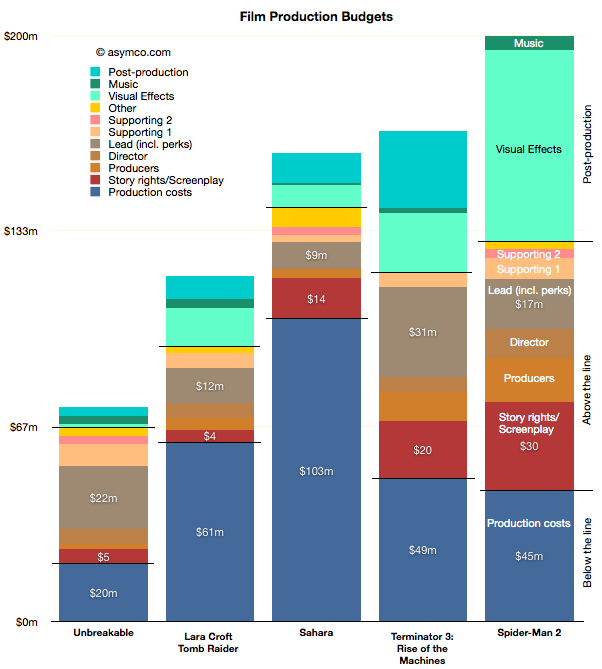As the quarter is now at an end, it’s time to once again review the performance of Apple’s most highly paid observers. The data set linked includes published quarterly forecasts starting quarter ending June 2008 to quarter ending September 2011. Thanks to Philip Elmer-Dewitt who collected and processed the data over several years.
Apple Analyst Data | asymco. (Requires Flash)
As with previous interactive data sets, this is based on Motion Charts “gadget” in Google Docs. Try selecting the Motion Charts tab at the bottom of the page and hit the play button.
The way this is set up now is that the origin (0,0) represents actual performance (labeled as “Oppenheimer”). Every bubble is an analyst’s performance measured as a distance from actual. The further the location of a bubble from origin, the worse the error. Placement above zero (or to the right) indicates over-estimation for Revenues (and EPS). Placement below zero (or to the left) indicates under-estimation. Color of bubble represents affiliation (professional or amateur). Size of bubble is iPhone unit error.
You can change the axes, chart type (tabs in upper right), size, colors, and track individual analysts’ performance (by checking a name checkbox). Or just download the data and analyze on your own by selecting from the Data tab.

